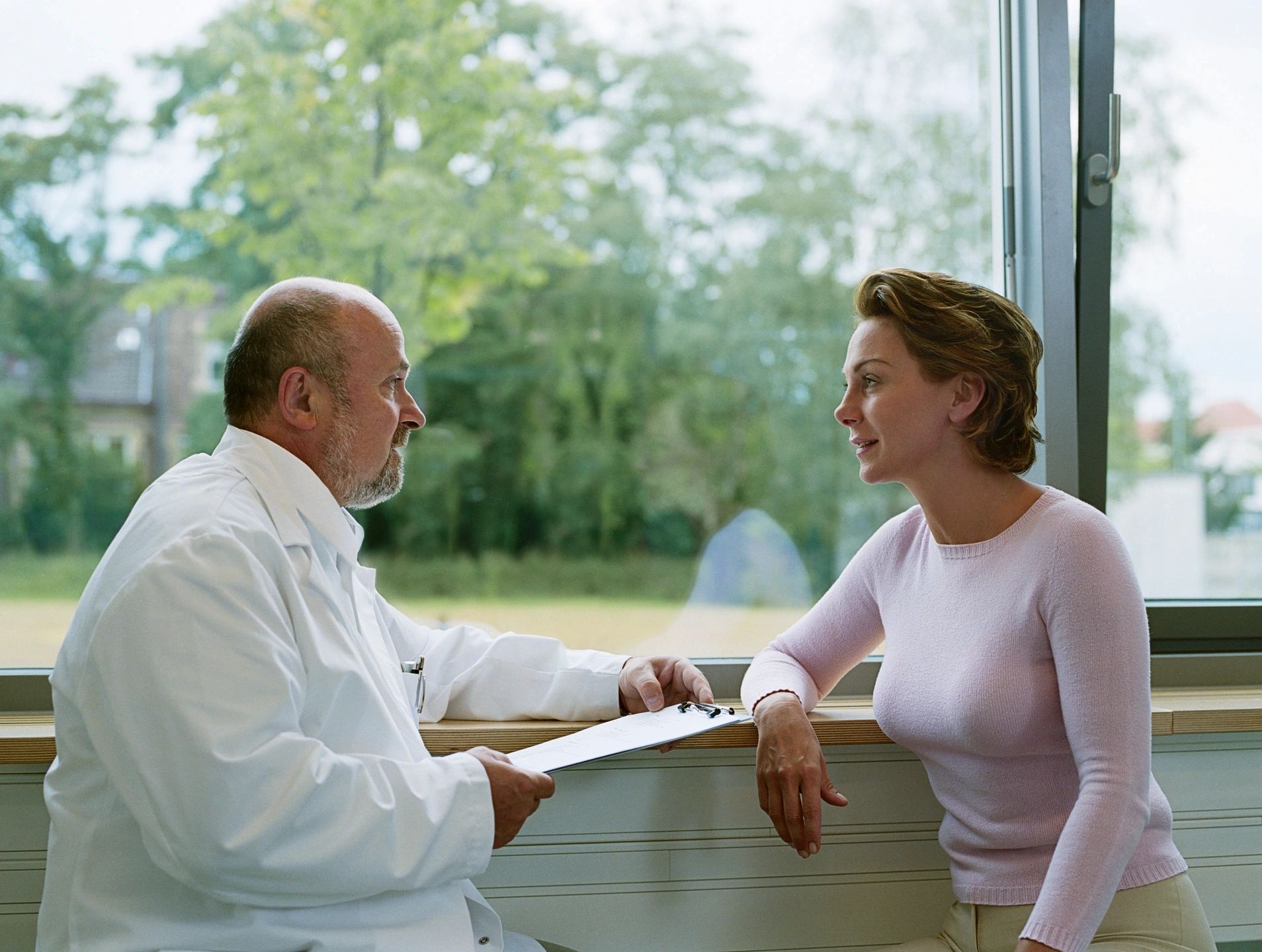Bicycling is becoming more and more popular in Florida. Whether bicycling for health, a hobby, enjoying the Florida sunshine or even as an inexpensive alternative means of commuting to work, bicycling is on the rise. And with it comes the risk of a deadly bicycle accident.
Florida Among the Deadliest States for Bicyclists
According to the National Highway Traffic Safety Administration, Florida remains one of the deadliest states for bicyclists and pedestrians. In 2009, over 107 bicyclists and pedestrians were killed by motorists on Florida roadways. To put this in a national perspective, 17.4 percent of all bicyclist deaths in the U.S. were in Florida. In 2010, 76 bicyclists were killed in the Sunshine State.
The rise in the number of cyclists in Florida may be due in part to the state’s growing population. According to USA Today, it has been the fast growing state in the nation since 1950.
Bicyclists and motorists have had something of an adversarial relationship. Many motorists consider bicyclists an annoyance, taking up space on the roadway. For their part, bicyclists often view motorists as a threat, and rightly so. Recently, a father of two who was a passionate cyclist was hit and killed by a car while he was cycling across the Rickenbacker Causeway near Miami.
Whatever their grievances, knowing the law and having a positive, tolerant attitude will make it easier for drivers and bicyclists to avoid endangering and inconveniencing each other.
Bicyclists Must Obey the Same Traffic Laws as Other Motor Vehicles
The same traffic laws apply to operating cars and two-wheeled vehicles. Bicyclists must observe traffic control signals, lane markings, and speed limits. They must use lights at night, signal turns and ride with, not against, the flow of traffic.
A few laws apply specifically to bicycles. For example, if a bicycle is moving slower than most of the traffic, the rider must use a designated bike lane or stay as far to the right as is practicable. “Practicable” is not the same as “possible”; it means what can be done reasonably under the circumstances. A bicyclist should generally allow a margin of about two feet from the right edge of the pavement, so as to have room to maneuver and to be more easily seen by motorists. When making a left turn, the bicyclist is allowed to move over into the left lane.
Motorists are obliged to yield right of way to bicyclists just as they must with other motor vehicles. Additionally, some laws help keep bicyclists safer by requiring motorists to take precautions around them. Importantly, when passing a bicycle, a driver must allow at least three feet of clearance. This requirement applies even if a driver must move into another lane or cross a double yellow line to give the bicyclist enough space.
Accepting bicycles as legitimate co-users of Florida’s roads will help motorists adapt to sharing the road. Knowing and following traffic laws will help bicyclists to move more safely among much larger vehicles. If you have been injured in a bicycle accident because of a negligent car driver, contact us today. We are available at 407-835-8968 or fill out the online form located on our website.





